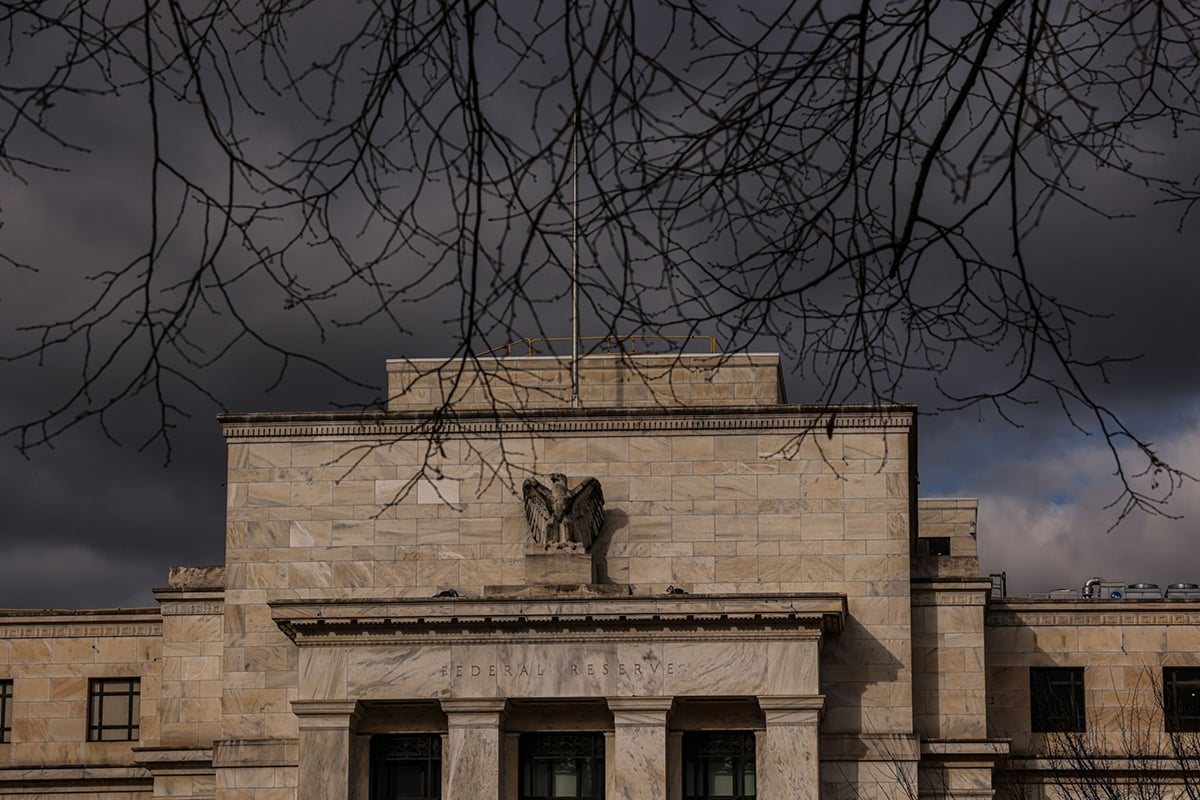 Liz Ann Sonders speaking at a SchwabImpact conference. (Photo: Schwab)
Liz Ann Sonders speaking at a SchwabImpact conference. (Photo: Schwab)
Leading indicators are inching back to cycle highs, according toLiz Ann Sonders, chief investment strategist at Charles Schwab.
|In her latest market commentary, Sonders writes, “The uptick in theleading indicators confirm what other data releases for the U.S.economy show, which is that growth has rebounded a bit after a veryslow start to the year.”
|Sonders, who is known to often keep a close eye on leadingeconomic indicators, looks at what she calls “the mostwidely-watched index,” The Conference Board's monthly LeadingEconomic Index (LEI).
|“Taken together, the current behavior of the composite indexesand their components suggests that the expansion in economicactivity should continue, but the pace of growth is likely todecelerate by year-end,” according to TheConference Board's release.
|The LEI for March increased by 0.4 percent, which was betterthan expectations and led by the continued plunge in initialunemployment claims. According to Sonders, “the gain in March wassufficient to get the LEI back up above the September 2018 high andfurther ease near- to medium-term recession concerns.” Although theMarch reading did slightly beat last September's high,Sonders noted that it's been in a fairly flat trend since then.
|The Conference Board specifically noted in its releasethat the “weaknesses and strengths among the leading indicatorshave become equally balanced over the last six months.” Infact, in this most recent six-month stretch, the LEI's 0.4percent rise was much slower than the 2.8 percent growth during theprior six-month stretch.
|While the uptick in the trend in initial unemploymentclaims may have led to March's increase, Sonders said, “there are afew caveats worth noting with regard to the celebratory aurasurrounding claims' downside breach of 200k.”
|Until the LEI's latest release, initial unemployment claims hadbeen in a worsening trend. “Yes, the fewest people in nearly 50years filed for unemployment insurance in the past couple of weeks,but it's not solely due to the tightness in the labor market,”Sonders wrote. According to Sonders, many states have imposedstricter rules on their unemployment insurance programs—includingmaking it harder to qualify, reducing the duration of benefits, andcutting payouts.
|According to a recent AP report, 30 percent of people out ofwork in the United States now receive unemployment insurance, downfrom about 40 percent before the Great Recession.
||
From: ThinkAdvisor
Complete your profile to continue reading and get FREE access to Treasury & Risk, part of your ALM digital membership.
Your access to unlimited Treasury & Risk content isn’t changing.
Once you are an ALM digital member, you’ll receive:
- Critical Treasury & Risk information including in-depth analysis of treasury and finance best practices, case studies with corporate innovators, informative newsletters, educational webcasts and videos, and resources from industry leaders.
- Exclusive discounts on ALM and Treasury & Risk events.
- Access to other award-winning ALM websites including PropertyCasualty360.com and Law.com.
*May exclude premium content
Already have an account? Sign In
© 2024 ALM Global, LLC, All Rights Reserved. Request academic re-use from www.copyright.com. All other uses, submit a request to [email protected]. For more information visit Asset & Logo Licensing.







